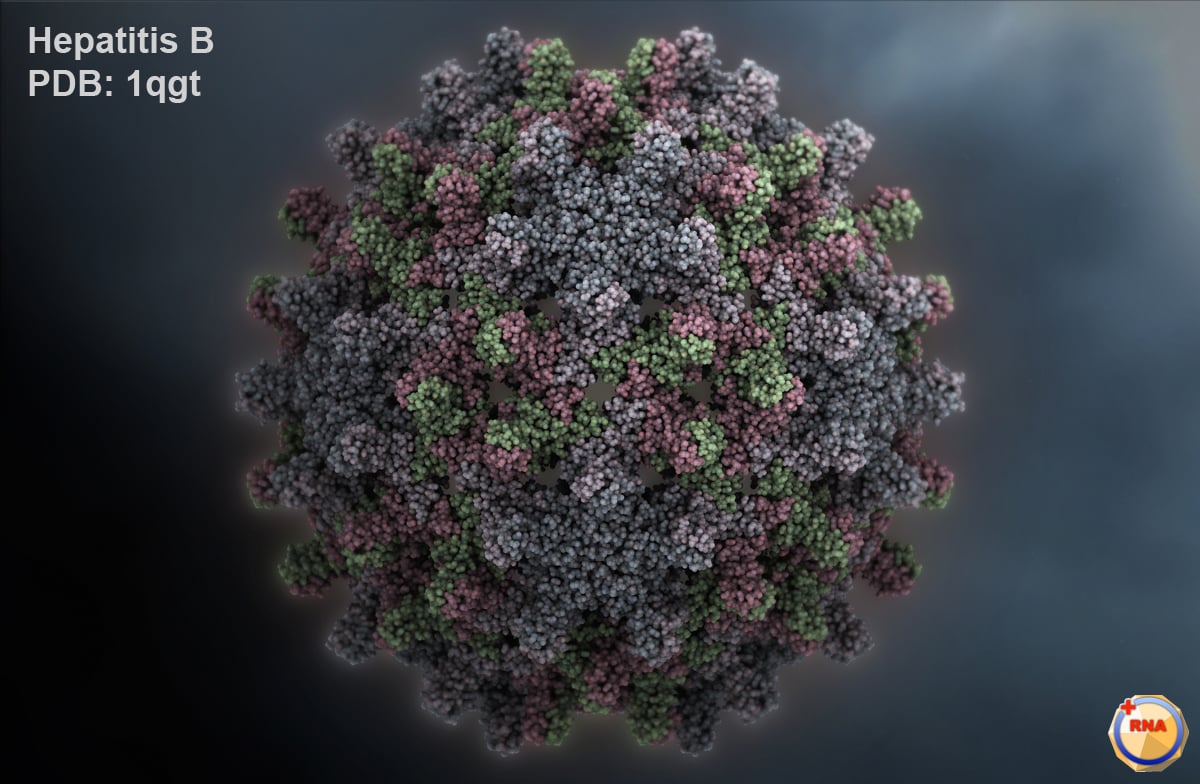Request Demo
Last update 08 May 2025
Rv1625c
Last update 08 May 2025
Basic Info
Synonyms- |
Introduction- |
Related
3
Drugs associated with Rv1625cTarget |
Mechanism Rv1625c agonists |
Originator Org. |
Active Indication- |
Inactive Indication- |
Drug Highest PhasePhase 1 |
First Approval Ctry. / Loc.- |
First Approval Date20 Jan 1800 |
Target |
Mechanism Rv1625c modulators |
Active Org.- |
Originator Org. |
Active Indication- |
Inactive Indication |
Drug Highest PhaseDiscontinued |
First Approval Ctry. / Loc.- |
First Approval Date20 Jan 1800 |
Target |
Mechanism Rv1625c agonists |
Active Org.- |
Originator Org. |
Active Indication- |
Inactive Indication |
Drug Highest PhasePending |
First Approval Ctry. / Loc.- |
First Approval Date20 Jan 1800 |
3
Clinical Trials associated with Rv1625cNCT06707142
A Phase 1, Randomized, Double-Blind, Placebo-Controlled, Single Ascending Dose and Multiple Ascending Dose Trial in Healthy Adult Participants to Evaluate the Safety, Tolerability, and Pharmacokinetics of TBD11 With an Open Label (Single Dose) Food Effect Panel
This is a randomized, double-blind, placebo controlled First in human (FIH) trial of TBD11, administered to healthy adults. The trial will be conducted in two parts. Part 1 will consist of single ascending dose (SAD) and Food effect (FE) cohorts, and Part 2 will consist of multiple ascending dose (MAD) cohorts.
Start Date05 Dec 2024 |
Sponsor / Collaborator |
NL-OMON55164
A randomised, double blind (sponsor unblinded), placebo-controlled, first time in human study to evaluate the safety, tolerability and pharmacokinetics of single and repeat oral doses and the food effect of GSK2556286 in healthy adult participants - CS0343-190570
Start Date25 Nov 2020 |
Sponsor / Collaborator |
NCT04472897
A Randomised, Double Blind (Sponsor Unblinded), Placebo-controlled, First Time in Human Study to Evaluate the Safety, Tolerability and Pharmacokinetics of Single and Repeat Oral Doses and the Food Effect of GSK2556286 in Healthy Adult Participants
This is a first time in human (FTIH) study to evaluate the safety, tolerability and pharmacokinetics (PK) of single and repeat ascending doses of GSK2556286 in healthy adult participants. Food effect (FE) cohorts will investigate the influence of food on the PK of GSK2556286. The study will be conducted in two parts. Part A will be a single ascending dose (SAD) including up to 11 cohorts (Cohort 1A to cohort 11A) and Part B will be a multiple ascending dose (MAD), including up to 4 cohorts (Cohort 1B to cohort 4B).
Start Date30 Oct 2020 |
Sponsor / Collaborator |
100 Clinical Results associated with Rv1625c
Login to view more data
100 Translational Medicine associated with Rv1625c
Login to view more data
0 Patents (Medical) associated with Rv1625c
Login to view more data
20
Literatures (Medical) associated with Rv1625c01 Apr 2025·Bioorganic & Medicinal Chemistry Letters
Novel isoxazole thiophene-containing compounds active against Mycobacterium tuberculosis
Article
Author: Yang, Baiyuan ; Webb, Jasmine ; McNamara, Case W ; Sukheja, Paridhi ; Tolentino, Kirsten ; Chatterjee, Arnab K ; Martinez, Gabrielle
01 Sep 2024·Trends in Microbiology
Exploiting cAMP signaling in Mycobacterium tuberculosis for drug discovery
Review
Author: Kathayat, Dipak ; VanderVen, Brian C
01 Mar 2023·Cellular Signalling
Heme b inhibits class III adenylyl cyclases
Article
Author: Elsabbagh, Sherif ; Landau, Marius ; Schultz, Joachim E ; Gross, Harald ; Schultz, Anita
1
News (Medical) associated with Rv1625c05 Feb 2025
Hopes for GSK3528869 appeared to be dashed in December when GSK terminated a phase 1/2 chronic hepatitis B study.\n GSK is prioritizing development of its hepatitis B treatment bepirovirsen as the pharma ends work on another potential functional cure for the infectious disease.On a media call Wednesday morning to discuss her company\'s fourth-quarter and full-year earnings, CEO Emma Walmsley said that when it came to the British pharma’s infectious disease pipeline, “we\'re prioritizing development of bepirovirsen, our potential functional cure for hepatitis B.”The pharma licensed the antisense oligonucleotide from Ionis Pharmaceuticals for $25 million upfront in 2019 and is currently aiming for an approval decision by regulators for chronic hepatitis B next year. The reemphasis on bepirovirsen came as GSK disclosed this morning that it has discontinued work on GSK3528869. The company had been holding out hopes that the candidate could be another functional cure for the infection—meaning it reduces hepatitis B virus DNA and viral proteins to undetectable levels. This stands in contrast to currently available oral antiviral therapies, which only suppress the virus.But those hopes for GSK3528869 appeared to be dashed in December when GSK terminated a phase 1/2 chronic hepatitis B study after the therapeutic vaccine regimen failed to meet the efficacy endpoint. The study tested different dose levels and sequences—and included placebo—but the idea was to prime the immune system with a viral vector encoding hepatitis B protein antigens, boost the immune system with a different vaccine and administer adjuvants to enhance the response.At the time, the pharma still had another study of GSK3528869 listed as active on the federal trial database. That study was evaluating the effect of giving vaccines to prime and boost the immune system—and adjuvants to enhance the response—after patients have received GSK’s bepirovirsen. But GSK confirmed in its earnings documents (PDF) today that it won’t be taking GSK3528869 forward.GSK isn’t the only pharma to have struggled with hepatitis B candidates in the clinic. Roche axed phase 1 and 2 trials in a recent pipeline cull, while Altimmune dropped a drug candidate after phase 2 data disappointed, and Ascletis Pharma stopped a hepatitis B program after the asset flopped in another indication.While bepirovirsen is taking priority, GSK still has a number of other assets in clinical development for chronic hepatitis B, including the hepatitis B virus-targeted siRNA GSK5637608, the PAPD5/PAPD7 inhibitor GSK3965193 and the TLR8 agonist GSK5251738. GSK also disclosed this morning that it had removed a capsid protein inhibitor for HIV called VH4004280 from its phase 2 pipeline. The company still has another HIV capsid protein inhibitor in multiple clinical trials in the form of VH3739937.The final drug to be pulled is the phase 1-stage GSK2556286, which is designed to inhibit the intracellular growth of Mycobacterium tuberculosis. The pharma has other tuberculosis candidates in the clinic in the form of the leucyl t-RNA synthetase inhibitor ganfeborole, the ethionamide booster alpibectir and the serine beta lactamase inhibitor sanfetrinem cilexetil. When it came to M&A, Walmsley told journalists on the media call that the company “continues to add new opportunities through targeted business development.” She pointed to the acquisition of Boston-based cancer-focused biotech IDRx last month as “a good example of what we want to do here.”

VaccinePhase 2AcquisitionOligonucleotidesiRNA
Analysis
Perform a panoramic analysis of this field.
login
or

AI Agents Built for Biopharma Breakthroughs
Accelerate discovery. Empower decisions. Transform outcomes.
Get started for free today!
Accelerate Strategic R&D decision making with Synapse, PatSnap’s AI-powered Connected Innovation Intelligence Platform Built for Life Sciences Professionals.
Start your data trial now!
Synapse data is also accessible to external entities via APIs or data packages. Empower better decisions with the latest in pharmaceutical intelligence.
Bio
Bio Sequences Search & Analysis
Sign up for free
Chemical
Chemical Structures Search & Analysis
Sign up for free


